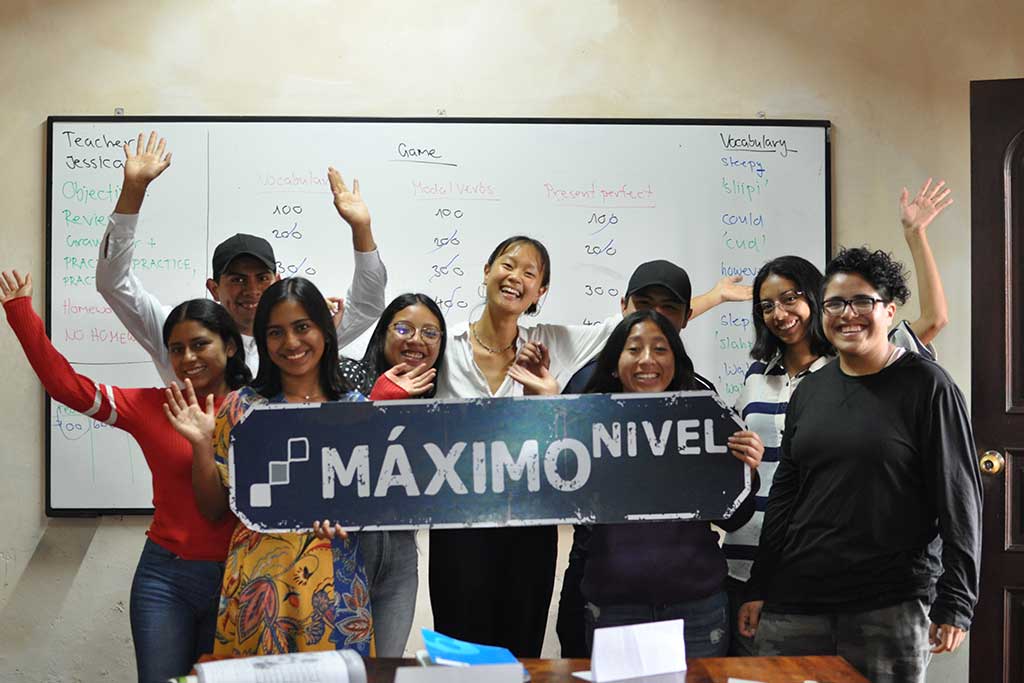In the age of rapid technological advancements, the integration of artificial intelligence (AI) into education has raised intriguing possibilities and questions about the future of teaching. ESL classrooms, where students embark on the challenging journey of mastering a new language, epitomize the intricate balance between technology and the human touch. While AI undoubtedly offers innovative tools, the essence of effective ESL education lies in the profound impact that human teachers have on their students. Here, we delve deep into the multifaceted aspects of human teaching that make it irreplaceable, illustrating these nuances with diverse examples that underscore the vital role of human educators.

Human teachers possess an unparalleled emotional intelligence that forms the bedrock of their connection with students. Consider the case of Maya, a shy ESL student struggling to articulate her thoughts in English. A perceptive teacher recognizes Maya’s hesitancy and provides gentle encouragement, creating a safe space for her to express herself. Through this patient support, Maya not only enhances her language skills but also gains confidence in her abilities. This nurturing environment fosters emotional well-being and academic growth, laying the foundation for a lifelong love of learning.
ESL classrooms are microcosms of the global mosaic, bringing together students from diverse cultural backgrounds. Human teachers, often possessing rich multicultural experiences themselves, navigate these differences with grace and understanding. For instance, in a classroom where students from Asia, Africa, Europe, and the Americas converge, a skilled teacher incorporates culturally relevant examples into lessons, promoting a deeper understanding of both the language and the world. Through these culturally sensitive approaches, human teachers bridge gaps, fostering an environment of mutual respect and acceptance.

One of the distinctive strengths of human teachers lies in their ability to adapt dynamically to the evolving needs of their students. In an ESL classroom, learners often display varying levels of proficiency and unique learning styles. A dedicated teacher tailors lessons, employing a diverse range of teaching techniques to accommodate these differences. For example, while teaching vocabulary, the teacher incorporates visual aids, interactive games, and real-life scenarios to engage students actively. This adaptive teaching style ensures that every student, regardless of their learning pace, is included, valued, and supported.
Language learning is fundamentally about effective communication, encompassing not just linguistic accuracy but also the nuances of expression and cultural context. Human teachers excel in guiding students through these intricacies. Consider Jorge, an ESL student aspiring to join the local workforce. His teacher organizes mock interviews, providing valuable feedback on his language use, body language, and cultural appropriateness. This personalized guidance empowers Jorge to navigate professional environments confidently, highlighting the indispensable role of human teachers in shaping effective communicators.

Beyond the confines of textbooks, human teachers serve as mentors and role models, inspiring their students to reach for the stars. In ESL classrooms, where learners often face daunting language barriers, a supportive teacher becomes a beacon of hope. Sarah, a determined ESL student, dreams of pursuing higher education despite her initial struggles. Recognizing her potential, her teacher provides guidance on scholarship applications, helping her secure a scholarship and embark on her academic journey. This mentorship transforms lives, demonstrating the transformative power of human educators.
Education is not merely about the transfer of knowledge; it is about nurturing critical thinking skills and creativity. Human teachers stimulate intellectual curiosity, encouraging students to question, analyze, and create. In an ESL classroom, this might manifest as stimulating debates about global issues, collaborative storytelling sessions, or creative writing exercises. For instance, during a poetry workshop, students explore English literature, penning their verses inspired by renowned poets. This cultivation of creativity and critical thinking equips ESL learners with the skills necessary to navigate the complexities of the modern world.

Beyond the classroom, human teachers often become lifelong mentors and friends. Their impact extends far beyond the academic realm. Consider Maria, an ESL student who faced numerous challenges in her personal life. Her teacher not only provided academic support but also connected her with community resources, ensuring her well-being. This enduring bond exemplifies the empathetic nature of human teaching, where educators become pillars of support, guiding their students through life’s challenges.
In conclusion, the holistic and multifaceted nature of human teaching in ESL classrooms transcends the capabilities of artificial intelligence. While AI can undoubtedly complement the learning process, it is the empathetic, culturally sensitive, and adaptable approach of human teachers that creates lasting impressions on the hearts and minds of ESL students. As we navigate the intersection of education and technology, it is imperative to preserve and celebrate the essential role of human educators. In honoring their dedication and passion, we ensure that ESL classrooms remain vibrant spaces of learning, compassion, and transformative growth, shaping generations of global citizens equipped with language proficiency and the invaluable lessons of empathy and understanding.
